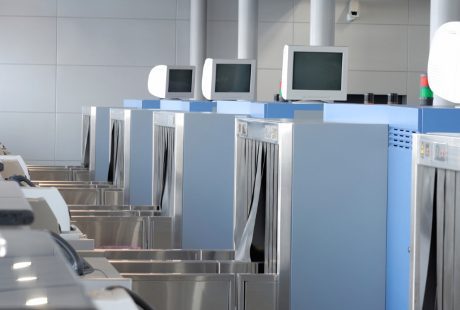 |
| (Photo: Thinkstock) |
For people with diabetes who use blood sugar testing tool independently, you should be careful if you enter the airport. X-rays used in the airport entrance examination can damage insulin pumps and blood glucose monitoring equipment. The result can make blood sugar readings become less accurate.
"Every day a large number of tourists who bring diabetes monitoring devices exposed to X-rays when passing through airport security. Some people may not be aware of them to find the results of blood sugar readings are worse or lighter," said the researcher, Andrew Cornish and Dr H. Peter Chase, of the University of Colorado Denver as reported health24, Friday, 23/11/2012).
In a report published the journal Diabetes Technology & Therapeutics, researchers recommend to owners to monitor blood sugar made a special letter stating that this device should not be exposed to X-rays, both from full body scanners or X-ray machines that scan carry-on luggage.
Dr. Tracy Breen, director of the diabetes care at North Shore-LIJ Health System in New York agreed with this suggestion. He claimed to have always recommended that people with diabetes should carry a letter from your doctor stating the diagnosis of diabetes, the need for travel and any medication taken.
"Because we really do not know what could happen to an insulin pump or blood sugar monitors when passing through the X-ray scan is also important for patients and physicians to understand guidelines for passenger safety in the journey," said Breen.
This recommendation is made based on the experience of a patient who had used an insulin pump for 16 years. Insulin pump equipment and the entire body scanned by airport security. As a result of X-ray exposure, insulin pump manufacturers advise patients to stop using the pump.
Insulin pumps use direct current motor technology risk disrupted by exposure to X-rays Insulin pumps are many in the market made Medtronic, Animas and Tandem Diabetes Care uses direct current motor technology. But that did not use the pump in the direction of the motor is not believed to be affected by exposure to X-rays.
"As part of the insulin pump industry, we recommend that the pump be removed at will scan the entire body," said Susan Morrison, director of investor relations Tandem Diabetes Care.
In the plane, increasing pressure on the cabin can also cause pressure on the insulin pump. For teens or adults, the effect caused not make a big difference in the examination of blood sugar levels. However, in children, a small difference in the readings can be seriously affected.
Source: health24







